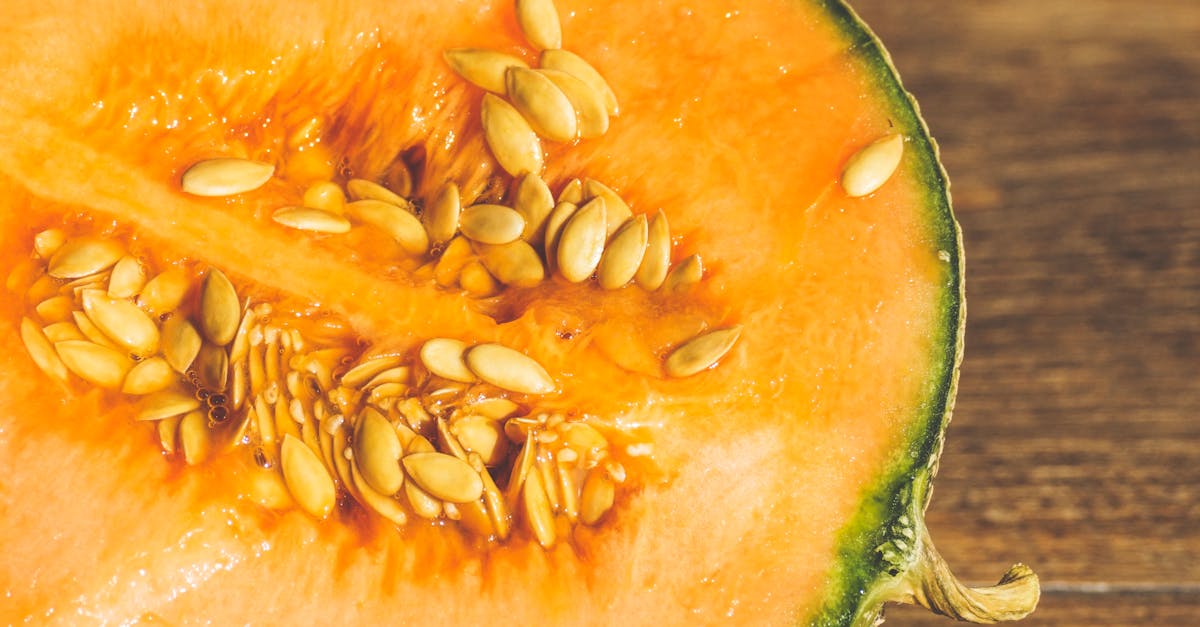Are you ready to plunge into a journey into the world of growing kale from seeds? In our full guide, we’ll walk you through the steps to cultivate your very own kale garden from scratch.
From selecting the perfect seeds to nurturing your plants to vibrant maturity, we’ve got you covered.
Let’s immerse and unlock the secrets to successful kale cultivation.
Key Takeaways
- Select kale seeds suited for your climate and opt for organic seeds from reputable companies for successful cultivation.
- Prepare soil by clearing debris, loosening, and adding compost or manure evenly for optimal kale growth.
- When planting kale seeds, ensure proper depth, spacing, and care by keeping the soil moist and providing adequate sunlight.
- Care for kale seedlings by ensuring consistent watering, mulching for moisture retention, fertilizing for growth, pest control, and thinning if overcrowded.
- Harvest kale by cutting the outer leaves first, storing them wrapped in damp paper towels in the refrigerator, and enjoy them fresh in various dishes.

Selecting the Right Kale Seeds
When selecting kale seeds, it’s critical to choose varieties that thrive in our particular climate. We want to pick seeds that are suited for our region, ensuring they’ll grow robustly. Consider factors like temperature tolerance and days to maturity to make an informed choice.
Look for organic kale seeds to ensure chemical-free cultivation. It’s also wise to purchase from reputable seed companies to guarantee quality. Testing seed viability before planting is a good practice; this ensures a higher chance of germination success.
After all, selecting the right seeds sets the foundation for a successful kale garden. For more information on choosing kale seeds, check out this helpful guide from Royal Horticultural Society.
Preparing the Soil for Planting
When it comes to growing kale from seeds, preparing the soil is important for success. Here’s how we do it:
- We start by clearing the planting area of any debris and weeds to create a clean space for our kale seeds.
- Next, we loosen the soil using a garden fork or a tiller to improve aeration and drainage.
- Adding compost or aged manure to the soil can provide important nutrients for healthy kale growth.
- We make sure to mix the compost or manure evenly into the soil to improve its fertility.
- Finally, we level the soil surface to create a smooth bed for planting our kale seeds.
For more detailed information on preparing soil for planting, check out this helpful guide from the Royal Horticultural Society.

Planting Kale Seeds
When planting kale seeds, we need to follow a few simple steps to ensure successful growth:
- Prepare the Soil: Clear the area, loosen the soil, add compost or manure. Level the soil surface.
- Sow the Seeds: Plant seeds about half an inch deep and one inch apart. Water gently after planting.
- Provide Proper Care: Keep the soil moist but not waterlogged. Ensure the plants get enough sunlight.
- Thin Seedlings: Once seedlings have a few leaves, thin them to allow proper spacing for growth.
- For more detailed information on planting and caring for kale, refer to the Royal Horticultural Society’s guide on growing kale.
Caring for Kale Seedlings
When Caring for Kale Seedlings, we must ensure they have the best start for a thriving garden. Here’s how we can do it:
- Watering: Keep the soil consistently moist, not too dry or too soggy.
- Mulching: Apply a layer of mulch around seedlings to retain moisture and suppress weeds.
- Fertilizing: Feed the seedlings with a balanced fertilizer to promote healthy growth.
- Pest Control: Watch out for pests like aphids and caterpillars. Handpick or use organic sprays if needed.
- Thinning: If seedlings are overcrowded, we should thin them to give each plant enough space to grow.
For more tips on Caring for Kale Seedlings, check out the Royal Horticultural Society’s guide on caring for kale seedlings.

Harvesting and Enjoying Your Kale
When it’s time to harvest your kale, after all to cut the older, outer leaves first, allowing the center leaves to continue growing. Kale leaves can be picked at any size, but they are most flavorful before they reach full maturity. To savor the freshest taste, pluck the leaves early in the morning.
After harvesting, wash them thoroughly to remove any dirt or pests. Store your kale leaves in the refrigerator wrapped in a damp paper towel for up to one week. Enjoy them in salads, smoothies, or cooked dishes for a dose of healthy goodness.
For more tips on harvesting and using kale, check out this guide from GardeningKnowHow.
